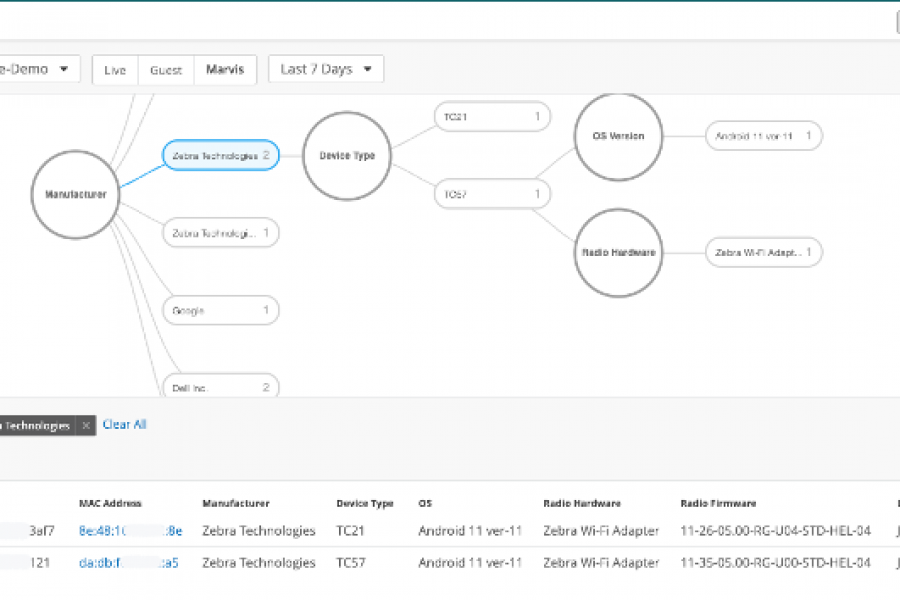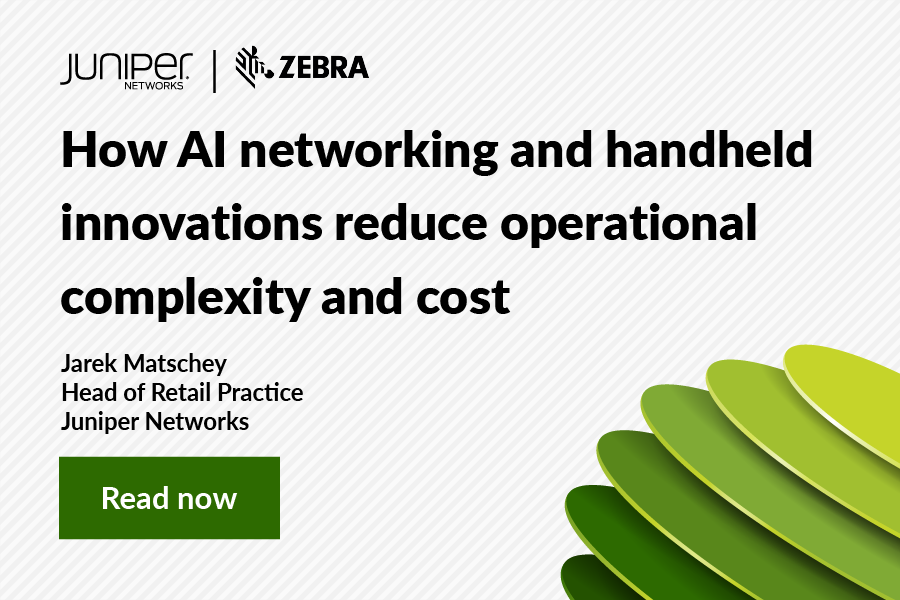In 2024, the technology landscape is undergoing a seismic shift as the world embraces the era of “AI everywhere,” and AI infrastructure is entering a high-growth buildout phase, according to new research from IDC, captured in its white paper, “Driving Superior Business Outcomes with AI-Native Networking” (Part 1 of 2, “Networking for AI”). AI and machine learning (ML) aren’t just buzzwords; they’re the force powering transformative business applications. The potential is limitless, from intelligent chatbots enhancing customer interactions to productivity tools streamlining workflows and innovations in 2D and 3D product design.
IDC’s research predicts that by 2025, the 2000 most prominent companies in the world will allocate over 40% of core IT spending to AI initiatives, driving a double-digit increase in the rate of product and process innovations. However, these new business use cases require new infrastructure, and 2024 will see the beginning of explosive growth in AI infrastructure, particularly in data center networking.
Data center networking for AI will see significant expansion in the coming years, reshaping organizational priorities and forcing them to rethink their IT spending. According to the report, data center networking has historically been a cyclical market, its growth tied to port speed refresh and workload growth at ~6-7% CAGR. IDC estimates the traditional DC market will reach ~$22B in 2027, but the worldwide data center switching market for AI fabrics will grow much faster, at a staggering compound annual growth rate (CAGR) of 100.8%, trending from ~$630M in 2023 to a ~$5.6B in 2027. That’s in addition to the $22B market for traditional data centers.
To navigate this transformative landscape, IDC’s new white paper quantifies the opportunity for enterprise AI infrastructure. It covers:
- The expected market growth for AI products and process innovations
- The growth in infrastructure needed to support the AI revolution
- IDC’s recommendations and forecasts on switching and routing hardware
- A comparison between Ethernet and InfiniBand for AI training and load-balancing
The white paper also discusses Juniper’s data center networking platforms and management portfolio. Notably, Juniper Apstra has recently expanded its capabilities to deliver faster and more efficient processing of AI/ML workloads over Ethernet. On the hardware side, the new QFX Series spine-and-leaf switches and PTX Series switch-routers provide 800G Ethernet to meet the advanced networking requirements of large-scale GPU clusters.
If you’re looking for valuable insights and strategic guidance to help navigate the complex terrain of AI-driven infrastructure, download IDC’s new white paper now.
Looking forward
Join Juniper’s AI experts, industry thought leaders, and special guests from some of the most innovative companies working with AI today at “Seize the AI Moment” on July 23rd. Join the conversation and learn:
- Best practices for building high-performing AI data centers
- How companies like Meta, Broadcom, Intel, AMD, and others are solving new infrastructure challenges
- Why Ethernet is the gold standard networking technology for AI clusters
Register here.


